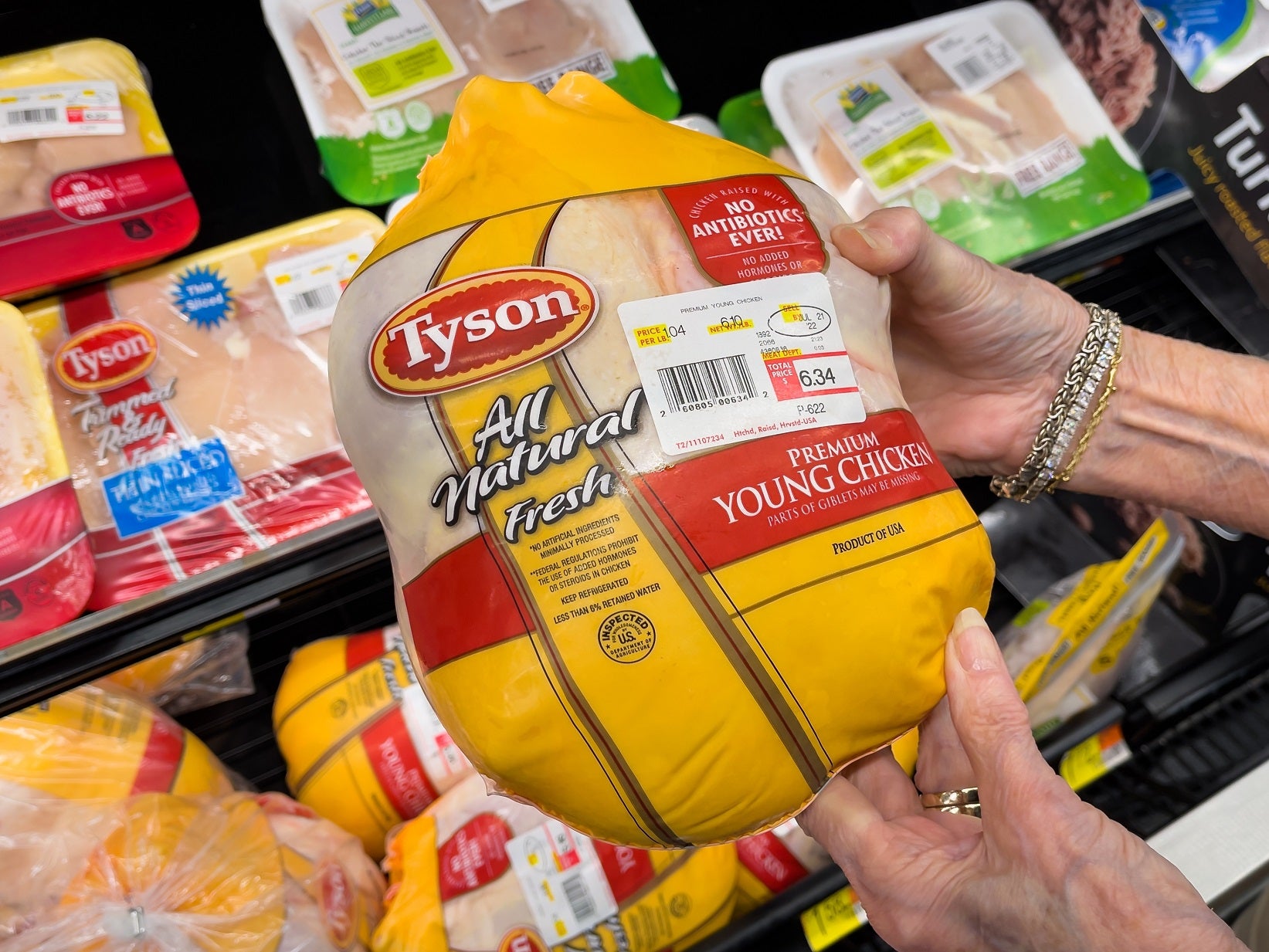
Tyson Foods surpassed Wall Street expectations as the US meat major posted the highest profitability in the last seven quarters.
Reporting third-quarter results, the Jimmy Dean and Hillshire Farm brands owner has consequently upped the lower end of its adjusted operating income forecast for fiscal 2024 to $1.6bn to $1.8bn, from $1.4bn to $1.8bn.
CEO Donnie King said yesterday (5 August): “Our disciplined actions and focus on the fundamentals have resulted in a positive turnaround of our business.”
Operating income of $341m compared to a loss of $350m a year earlier, while adjusted operating income of $491m was up 174% year-on-year.
Sales of $13.35bn were up from $3.14bn a year earlier, beating analysts’ estimates of $13.24bn.
Speaking to analysts after the results were released, King said. “Q3 not only dramatically improved versus last year but also marked the highest profitability in the last seven quarters.

US Tariffs are shifting - will you react or anticipate?
Don’t let policy changes catch you off guard. Stay proactive with real-time data and expert analysis.
By GlobalData“What’s even more impressive is that we delivered these results despite well-known headwinds in the cattle cycle as we benefited from our diverse portfolio.”
King was keen to point out the improved performance in its chicken segment, which returned a quarterly operating profit of $244m, compared to a loss of $314m a year earlier.
“We are clearly benefiting from better market conditions, including lower grain costs, [but] our actions and focus on the fundamentals across all aspects of the value chain are also contributing to these strong results,” he said.
Tyson has struggled for years to turn the unit around and this has resulted in plant closures and job losses.
It said it is now working to better align chicken supplies with customer demand.
In Tyson’s pork segment, Q3 revenue increased a net 10.4%, driven by higher price per pound, reflecting healthy global demand.
Beef is still struggling, however, as a result of tight US cattle supplies. The segment made a $69m operating loss in the quarter.
Tyson’s guidance range for beef for the year is a loss of between $300m and $400m.
In terms of strategy, King said Tyson is expanding in the foodservice channel.
“We continue to broaden our customer base, grow in margin accretive channels and expand our presence in broad line distribution categories,” he said.
He added that Tyson is “leaning into our top-performing SKUs to capture opportunities to expand distribution”.



